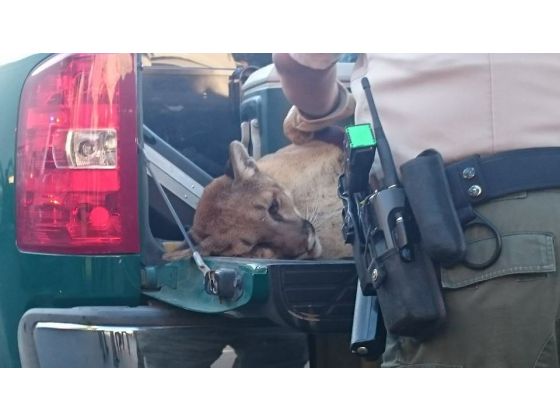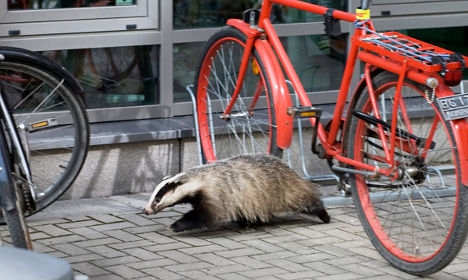
© David Ellifrit Center for Whale ResearchKiller whale family: a menopausal mother and son.
The research by Dr Lauren Brent from the University of Exeter's
Centre for Research in Animal Behaviour and colleagues from both the United Kingdom and United States, also sheds new light on the role of menopause in human populations.
"Biologically-speaking, menopause is bizarre," Dr Brent explains, adding that most animals die around the same time they stop reproducing.
"Killer whales (
Orcinus orca) are one of just three species - alongside humans and short-finned pilot whales (
Globicephala macrorhynchus) - where females continue to live for many years after giving birth to their last baby. Female killer whales stop reproducing in their 30s-40s, but can survive into their 90s."
Males, however, rarely live beyond 50.
It was believed that the benefit of menopause to both human and killer whale mothers lies in spreading their genes, which they do by helping their relatives survive and reproduce. But just how older females help their relatives was a mystery.
"One idea is that wisdom accumulates with age and that old females store vital information about the environment, which they share with their relatives to help them during environmental hardships," Brent says.
The researchers analysed more than 750 hours of video footage of resident killer whale family groups, whose relatedness and family history have been studied since 1976 in the coastal waters of British Columbia and Washington. In resident killer whales, family groups don't disperse, although males leave temporarily to breed with females from other populations.
They found that females who are past the age of last reproduction are more likely to lead their families as they travel around foraging grounds, compared with adult males, especially in years when Chinook salmon, their main food resource, is in short supply.
Males in the population were more likely to follow the experienced females than females. This supports other research showing that sons in a family group have a higher probability of dying following the death of their post-reproductively aged mother - and therefore have more to gain from her wisdom.
"These findings suggest that menopausal females may boost the survival of their relatives through the transfer of ecological knowledge, which may help explain why female killer whales continue to live long after they have stopped reproducing," Brent says.
The study was published today in
Current Biology.




Comment: See also: Mass death of marine creatures at Pasir Ris beach, Singapore